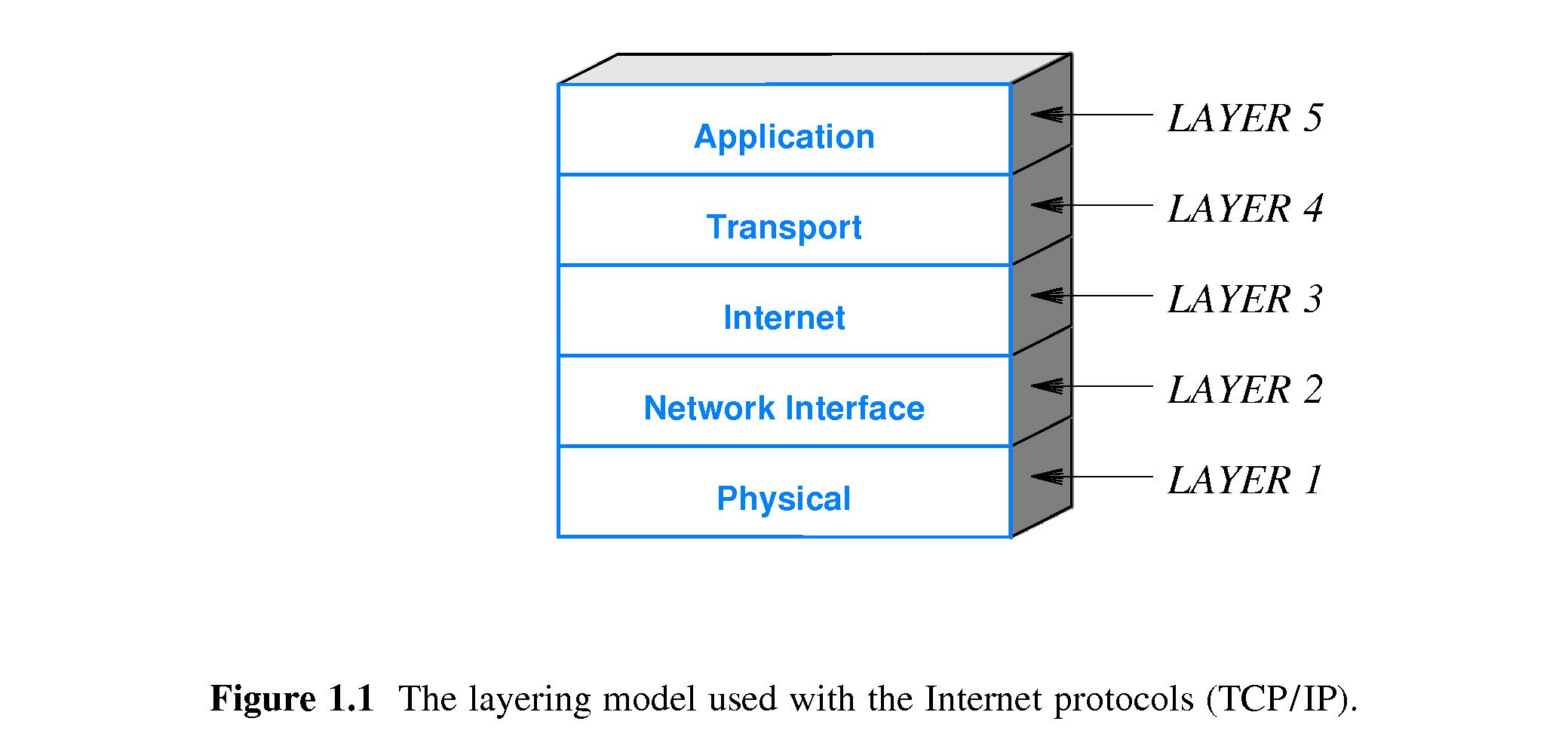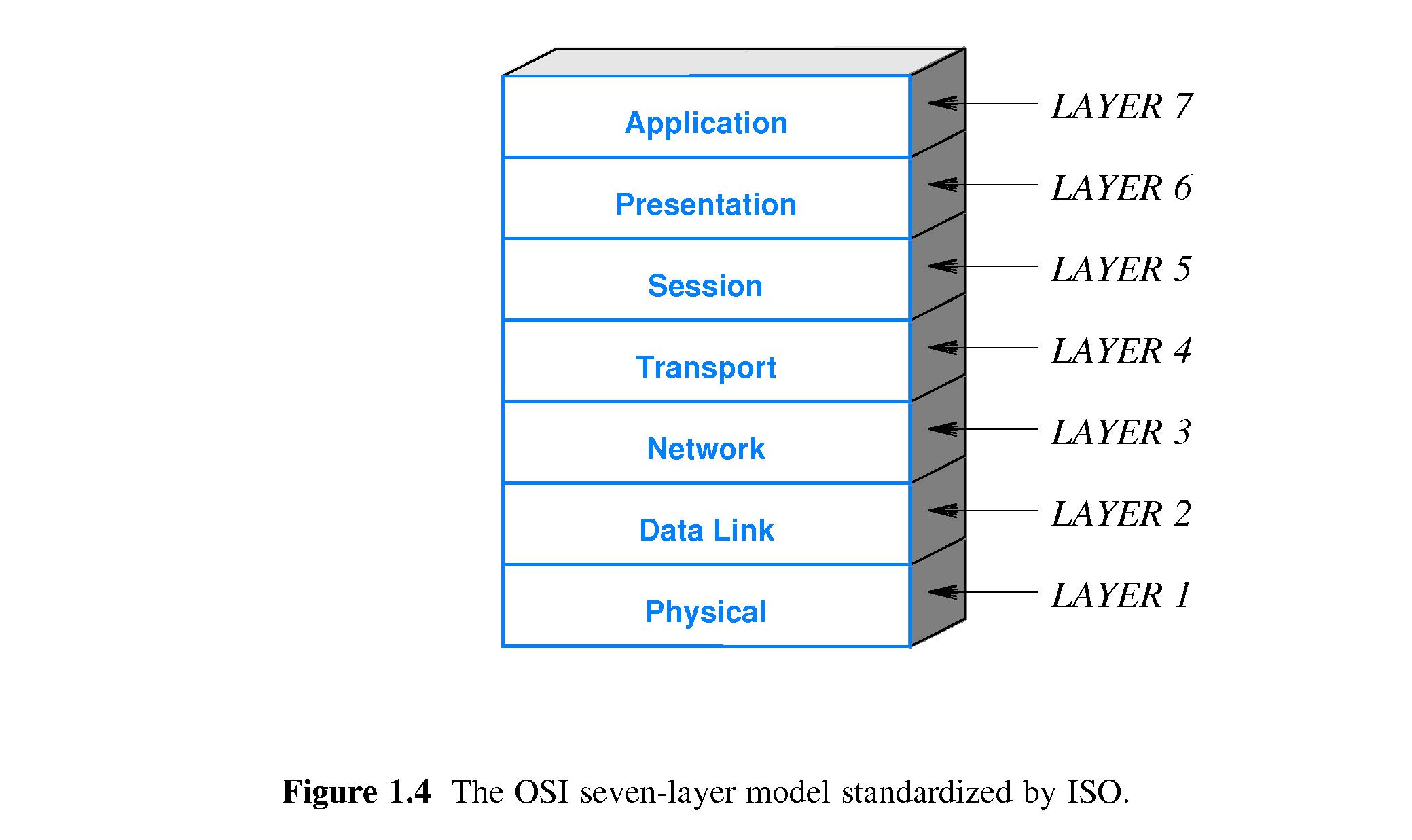(rev. 03/05/2018
Notes On Chapter One
-- Introduction And Overview
Chapter One: Introduction And Overview;
- 1.0 Study Guide
- Understand what packet switching and dedicated circuits are.
- Know what network protocols are and why they are needed.
- Understand how networks and protocols are designed and
operated as layers
- Terms: Know what public and private networks are.
- Understand how data passes through network layers.
- 1.1 Growth of Computer Networking
- Clearly the use of computer networks has grown enormously during
the last few decades and has had a dramatic effect on large
portions of the world society and economy.
- Knowledge of communications networks has become an important job
skill for computer scientists.
- 1.2 Why Networking Seems Complex
- The technology changes rapidly.
- There are many network technologies and many ways to connect
networks together.
- There really is no unified model of how networks are supposed to
be designed.
- There's no true agreement on terminology
- 1.3 The Five Key Aspects of Networking
- 1.3.1 Network Applications and Network Programming
- Computer software provides network services like email, file
transfer, web browsing, computer telephone, teleconferencing
and distributed databases. All are implemented using the same
basic network functions.
- Understanding network technology helps programmers write
applications that are more reliable, correct and efficient.
- 1.3.2 Data Communications
- The term "data communication" refers to low-level technology
for transmitting information through media.
- Bandwidth, multiplexing and encryption are important at the
data communications level, as well as at higher levels.
- 1.3.3 Packet Switching and Networking Technologies
- Packet switching technology is important because it allows
many senders to use a network at the same time.
- Routers direct packets between network nodes.
- Different packet switching technologies are designed to
accommodate varying needs for speed, distance and cost. Many
technologies exist, and they differ in many of their details.
- 1.3.4 Inter-networking with TCP/IP
- The Internet is a technology for allowing people using
different kinds of network technologies to communicate. This
is more practical than to try to create one network technology
for all needs.
- It is typically fairly easy for new technologies to be used in
the (same old) Internet.
- 1.3.5 Additional Networking Concepts and Technologies
- Performance monitoring, multimedia and telephony,
network management, Software Defined Networking, and the
Internet of Things in which embedded systems network.
- 1.4 Public and Private Parts of The Internet
- 1.4.1 Public Network: If a network is made available to anyone
who can pay for the service, then it is a public network.
(Notwithstanding the name "public," privacy of
communication is typically respected and protected
on public networks.)
- 1.4.2 Private Network: On the other hand, if only members of
a certain group are allowed to use a network, then it's a
private network. Types of private network include:
- Consumer
- Small Office/Home Office (SOHO)
- Small-To-Medium Business (SMB)
- Large Enterprise
- 1.5 Networks, Interoperability, and Standards
- Parts of a network have to interoperate suitably, else attempts to
use the network for communication will fail. In particular,
network components must be designed to support protocols
- rules regarding how information is represented and transmitted.
- It is important that protocols specify what actions will be taken
in response to all conditions - abnormal occurrences (e.g. errors)
as well as normal operating conditions.
- 1.6 Protocol Suites and Layering Methods
- Different protocols are designed to handle different aspects of
communication.
- Families (suites) of protocols are designed to be combined to
handle all aspects of communication, and to work together
efficiently.
- Layering is a design principle applied to networks.
-

- Layer 1: Physical Protocols here specify transmission media.
- Layer 2: Network Interface Communication between network
hardware and higher/software layers (e.g. details of network
addressing and packet size).
- Layer 3: Internet Computer-to-computer communication,
Internet addresses, Internet packet formats, packet segmentation
schemes, error reporting.
- Layer 4: Transport Application-to-application communication,
data rate and congestion control, packet ordering.
- Layer 5: Application Format and meaning of messages
exchanged by applications, e.g. how does an application submitting
e-mail for transmission communicate with the server that accepts
the e-mail? Other applications include file transfer, web
browsing, voice over IP, and video teleconferencing.
- 1.7 How Data Passes Through Layers
- When an application sends data, it passes the data to protocol
software operating at the next layer down (e.g. the transport
layer), software at that layer places the data into packets and
passes it along to software at the next layer down (e.g. Internet
layer). In this way the data travels down the "protocol stack"
through each software and hardware layer.
-

- After reaching the physical layer, the packet travels over the
network to the destination host.
- When it reaches the destination host, it moves up through each
layer from bottom to the top.
- 1.8 Headers and Layers
- Each layer performs a computation or adds something to outbound
data - something that helps insure communication happens
as it should.
- A layer on the sending computer may add information to packets
(usually a 'header' and/or 'trailer').
-

- The corresponding layer on the receiving computer removes that
information and uses it.
- 1.9 ISO and the OSI Seven Layer Reference Model
- The International Organization for Standardization (ISO) and
International Telecommunications Union, Telecommunication
Standardization Sector (ITU-T) jointly formed the ISO network
layering model, which includes the following layers:
-

- Layer 1: Physical
- Layer 2: Data Link
- Layer 3: Network
- Layer 4: Transport
- Layer 5: Session
- Layer 6: Presentation
- Layer 7: Application
- One encounters references to the ISO/OSI Model from time to time,
but protocols nowadays are not based on this model, largely
because the 5-layer TCP/IP model was favored by the people
who built the Internet.
- 1.10 Remainder of the Text
- Part One: brief introduction, network applications and network
programming
- Part Two: data communications and information transmission
- Part Three: packet switching, packet technologies and categories of
computer networks.
- Part Four: inter-networking, TCP/IP protocol family, IP addressing,
mapping IP addresses to hardware addresses, Internet routing,
encapsulation, fragmentation, congestion, flow control, virtual
connections, IPv4 and IPv6 addressing, address translation,
bootstrapping, and support protocols.
- Part Five: topics that relate to networking as a whole - network
performance, emerging technologies, network security, network
management, Software Defined Networking, and the Internet
of Things.
- 1.11 Summary



